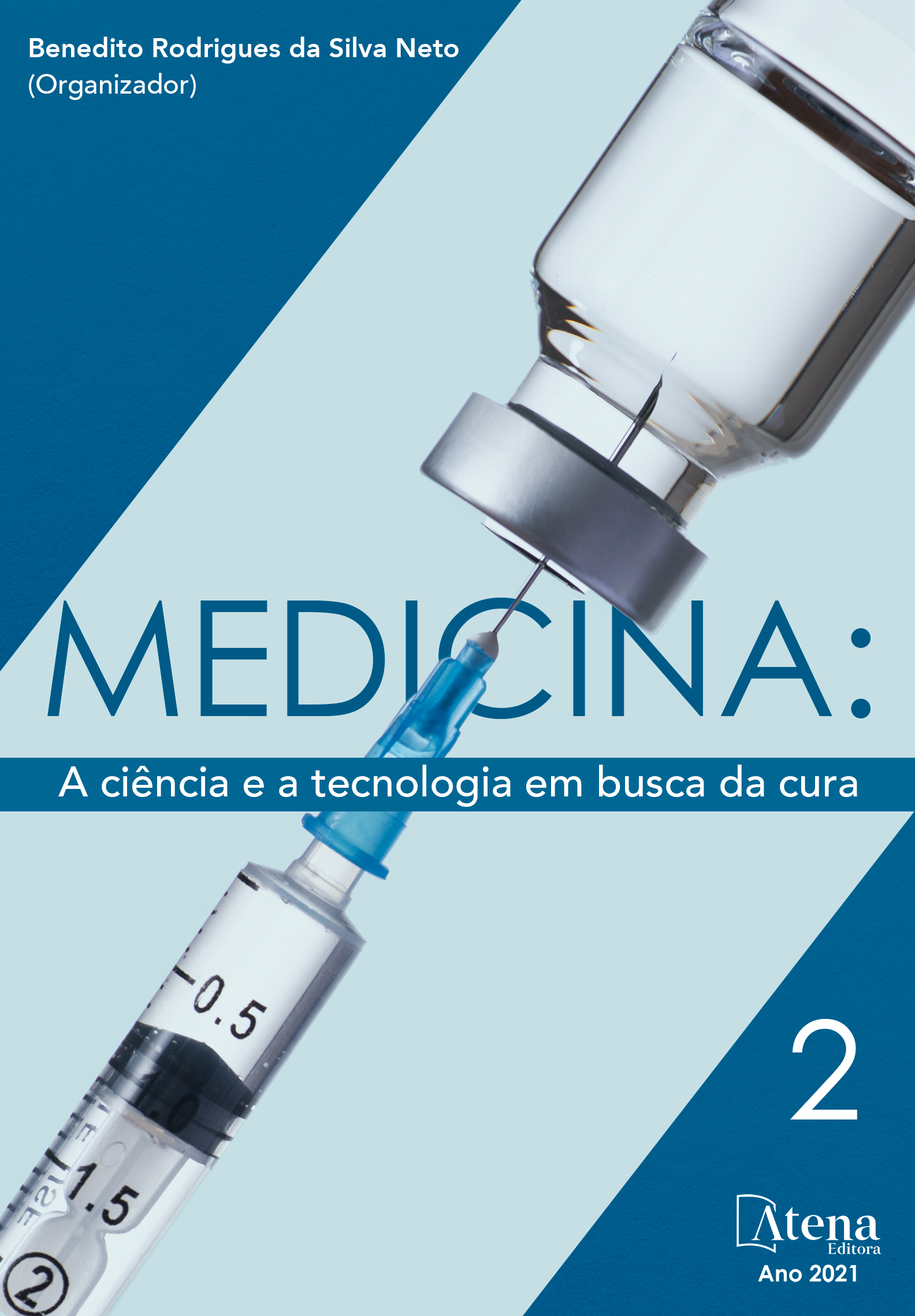
O CENÁRIO DA MEDICINA INTENSIVA NA FORMAÇÃO MÉDICA NO BRASIL
Objetivou: analisar o cenário da disciplina de Medicina Intensiva no currículo de formação médica; listar o número de Faculdades de Medicina que a incluem no currículo; caracterizar o tipo e o modo de abordagem, e se há relação com à disciplina de Emergência. Metodologia: Trata-se de um estudo descritivo, quantitativo, de análise documental. Os dados foram analisados por meio da estatística descritiva simples. Resultados: Foi possível levantar que das 277 Faculdades de Medicina do país, apenas 37 (13,4%) possuem a disciplina de Medicina Intensiva no currículo. Dentre as regiões do país, predomina a Região Sudeste com 65%. Quanto ao tipo de administração, evidencia-se que não há discrepância nos resultados. No que tange à abordagem na formação, observou-se predomínio da modalidade optativa, e 27 faculdades na modalidade internato. Em relação à abordagem, associada à Emergência ou exclusivamente UTI, ou ambas, predominou a abordagem exclusiva em 35%, numa modalidade curricular ou optativa. Conclusão: evidenciou a necessidade de ampliação do ensino de Medicina Intensiva na formação médica, de modo a qualificar o profissional que ingressará neste cenário de atuação.
O CENÁRIO DA MEDICINA INTENSIVA NA FORMAÇÃO MÉDICA NO BRASIL
-
DOI: 10.22533/at.ed.95321201215
-
Palavras-chave: Cuidados Intensivo; Unidade de Terapia Intensiva; Ensino; Medicina
-
Keywords: Critical Care; Intensive Care Units;Teaching; Medicine
-
Abstract:
Aimed at: analyzing the scenario of the Intensive Care Medicine discipline in the medical training curriculum; list the number of Faculties of Medicine that include it in the curriculum; characterize the type and mode of approach, and if there is a relationship with the Emergency discipline. Methodology: This is a descriptive, quantitative study of document analysis. Data were analyzed using simple descriptive statistics. Results: It was possible to find that of the 277 Medical Schools in the country, only 37 (13.4%) have the discipline of Intensive Care Medicine in the curriculum. Among the regions of the country, the Southeast region predominates with 65%. As for the type of administration, it is evident that there is no discrepancy in the results. Regarding the approach to training, there was a predominance of the optional modality, and 27 faculties in the internship modality. Regarding the approach, associated with the Emergency or exclusively ICU, or both, the exclusive approach predominated in 35%, in a curricular or optional modality. Conclusion: it evidenced the need to expand the teaching of Intensive Care Medicine in medical training, in order to qualify the professional who will join this performance scenario.
-
Número de páginas: 11
- Morena Peres Bittencourt da Silva
- Helena Ferraz Gomes
- Gerson Luiz de Macedo
- Ellen Marcia Peres


